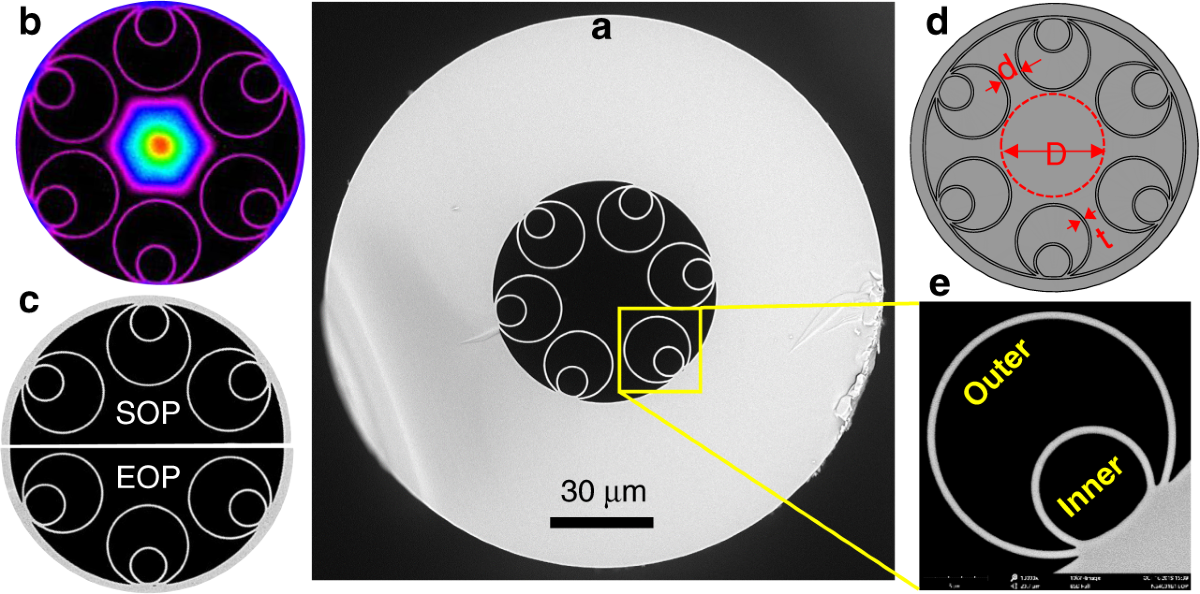How an Optical Fibre Diameter Analyser Improves Manufacturing Accuracy
How an Optical Fibre Diameter Analyser Improves Manufacturing Accuracy
Blog Article
Enhance Your Fiber Optic Projects With an Efficient Diameter Analyser
The integration of an efficient size analyser into fiber optic tasks works as a pivotal element in attaining precision and consistency. By helping with exact diameter measurements, these analysers not just boost the high quality of installments yet likewise alleviate potential compatibility issues among components. The innovative capacities of modern-day analysers simplify information collection and quality control procedures. As we check out the vital attributes and benefits of these devices, it comes to be apparent how they can change task end results and guarantee adherence to market criteria. What stays to be talked about is exactly how to effectively implement these analysers in your existing process.
Value of Diameter Dimension
Determining the diameter of fibre optic cords is an essential task that guarantees optimum performance and reliability in interaction systems. Exact diameter dimension is important for different reasons, primarily for maintaining signal stability and lessening loss. A cord's size directly affects its capability to send light effectively; inconsistencies from the specified diameter can cause enhanced attenuation, which affects the overall performance of the network.
Additionally, exact dimension is crucial during the setup and maintenance of fiber optic systems. An improper fit in between cable televisions and adapters can result in signal destruction or total failure of communication links. By ensuring that diameters are within defined resistances, specialists can improve compatibility in between parts, resulting in better system integrity.
In enhancement, diameter measurement plays a significant function in high quality control throughout production. Consistency in the size of fiber optic cords is important for making sure uniform efficiency across various batches. optical fibre diameter analyser. This uniformity aids suppliers maintain market standards and cultivates self-confidence among end-users
Attributes of an Efficient Analyser
An efficient analyser for fiber optic jobs have to integrate several essential features that enhance precision and functionality in diameter measurement. High-resolution optical sensing units are important for accurate diameter analyses, making it possible for users to identify even the least variations in fibre thickness. These sensors should be complemented by advanced calibration systems, ensuring consistent performance across various conditions and materials.
Secondly, a straightforward user interface is essential for facilitating simplicity of procedure. This includes intuitive software that enables seamless information input and outcome, together with aesthetic depictions of the measurements taken. A portable design improves use in numerous field environments, making it simpler to conduct evaluations on-site.
Furthermore, the analyser must support several dimension settings, fitting numerous fibre types and applications. The ability to store and retrieve historic data is one more important function, enabling users to track performance with time and make notified decisions.
Benefits for Fiber Optic Projects
Applying a diameter analyser in fiber optic jobs provides considerable advantages that substantially improve project performance and quality. One of the primary advantages is the capacity to make certain precise measurements of fibre size, which is vital for keeping optimum efficiency in fibre optic systems. Accurate diameter analyses aid in the recognition of inconsistencies that could result in signal degradation or loss, therefore guaranteeing high-grade transmission.
Furthermore, the use of a size analyser streamlines the quality control procedure. By automating measurement jobs, webpage job groups can reduce the time invested in hands-on examinations, leading to faster project conclusion and lowered labour costs. This efficiency likewise permits for more rigorous screening procedures, resulting in enhanced product reliability.
In addition, consistency in fiber diameter measurements promotes compatibility with other fiber optic elements, minimizing the threat of installment mistakes and enhancing overall system efficiency. The incorporation of a size analyser not only help in preserving market requirements but likewise promotes confidence in job deliverables.
Assimilation Into Existing Workflows
Incorporating a diameter analyser right into existing process can significantly improve the operational performance of fibre optic projects. By perfectly integrating this technology, teams can achieve accurate measurements that are essential to maintaining the honesty and performance of fiber optic systems. This integration permits real-time data collection and evaluation, which can be essential throughout the production and setup phases.
Moreover, the ability to automate diameter measurement procedures lowers the potential for human error, guaranteeing consistent high quality control throughout the job lifecycle. The information created can be conveniently shared throughout systems, assisting in partnership among designers, specialists, and task managers. This accessibility boosts decision-making and accelerates project timelines.

Picking the Right Diameter Analyser
When picking a size analyser for fibre optic projects, it is important to consider a number of key variables that straight influence measurement precision and functional performance. Initially, the resolution and precision of the analyser need to align with the details requirements of your project. Greater resolution instruments can identify minute variants in diameter, which is critical for ensuring optimum performance in fiber optic systems.
Following, assess the rate of dimension. For projects with tight target dates, a size analyser that supplies quick information purchase can significantly boost performance. In addition, consider the analyser's compatibility with existing systems and software application. A smooth combination lowers configuration time and reduces disturbances throughout operations.
Another vital element is the array of sizes the analyser can fit. By thoroughly evaluating these variables, you can choose a diameter analyser that boosts the performance and precision of your fibre optic projects.
Verdict
To conclude, the combination of an effective diameter analyser is extremely important for boosting fiber optic jobs. Exact diameter measurements make certain optimal efficiency and integrity while decreasing setup errors. Advanced attributes help with real-time data collection and compliance with sector criteria, eventually raising the top quality of deliverables. By prioritizing the option and execution of an appropriate analyser, job performance is substantially boosted, paving the means for successful end results in fibre optic applications.
A cable television's diameter directly affects its capability to transfer light properly; deviations from the defined size can lead to enhanced attenuation, which affects the overall performance of the network.
Report this page